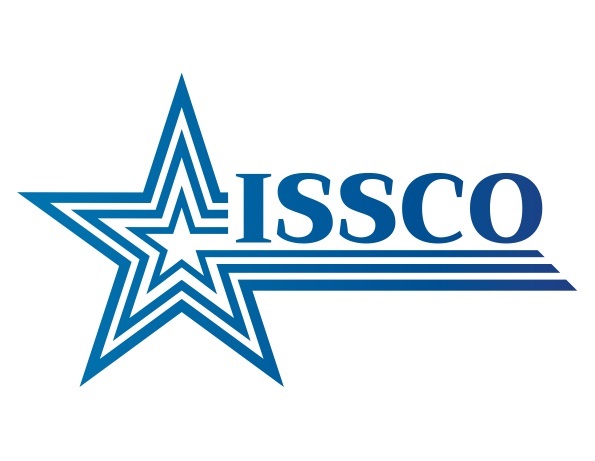Up to now, Singapore has become one of the few ports in the world that can receive giant ships.
As a resource-scarce country, Singapore has to import almost everything. Once likened to a “small fishing village” by poverty, Singapore has long risen to become the Asian dragon.
There are many factors contributing to this success, in which the seaport is considered the most important one.
5 years in a row as “Top Maritime City”
The Ship Technology news site, citing information from the Port and Maritime Authority of Singapore (MPA), said: As of 2019, on average, the maritime industry accounted for 7% of Singapore’s GDP (GDP – 340 billion USD) and created 170,000 jobs. .
In 2021, despite the epidemic situation and Singapore at times applying strict epidemic prevention regulations, this island nation continues to be selected as the world’s busiest container transshipment port.
Container capacity through Singapore has increased to a record 37.5 million TEUs (each TEU = 1 container with a length of 20 feet). About 80% of containers arriving in Singapore are transshipped via ships to other ports.
In addition, although in 2021, the world witnessed a global supply disruption, Singapore still handled a total of 599 million tons of goods, higher than 2020.
At the same time, the lion island nation maintains its position as a leading oil tanker port when the volume of conventional fuel and liquefied natural gas passing through this port is about 50 million tons.
The island nation of Singapore also received a series of performance awards in 2021, such as being honored as the “World’s Leading Maritime City” for five consecutive years by the DNV rating organization (Norway) and the company. Menon Economics AS (Norway) consulting firm.
Take advantage of the prime location
This success is partly due to Singapore’s prime location, located in the southern part of the Malay peninsula, 30km southwest of the Malaysian port of Johor, providing connections to more than 600 ports in 123 countries.
The Hellenic Shipping News page quoted Associate Professor Peter Borschberg, who is working at the Department of History, National University of Singapore, as explaining that the lion island nation is located at the intersection of East Asia and West Asia, along the Strait of Malacca.
Singapore’s pivotal position attracted the attention of the British Empire. Since the 19th century, while looking for a port in the area to dock merchant ships, the British discovered Singapore and immediately negotiated a treaty to build Singapore into a trading center.
The city quickly developed into a center of import and export trade, attracting migrants from China, India, the Malay Archipelago and beyond. From there, Singapore became a bustling free-trade port throughout the 19th century and much of the 20th.
However, it was not until the development of containers and under the leadership of Prime Minister Lee Kuan Yew that Singapore reached a turning point in maritime history.
In 1972, Singapore successfully built the first container port of the country and of the whole Southeast Asia region.
At that time, Singapore sent 225 people to special training, some specialized in operating giant cranes, others serving at the new container port. Since then, this place has never stopped growing. In 2000, Singapore welcomed 15 groups of ships through and by 2014, this number had increased to 130.
Despite possessing a favorable geographical position, in order to take advantage of and enhance the position of a seaport, it is necessary to mention Singapore’s policy of always pioneering, modernizing and investing heavily in port infrastructure.
Port facilities allow handling of large volumes of containers and cargo including bales and bulk cargo.
The Port of Singapore has many terminals that are used for different purposes from a regular port to a dedicated terminal for the handling of liquid cargo.
The port also has a dedicated bus station and is one of the major car transshipment hubs in the region.
In addition, the port of Singapore also provides other ancillary services such as water, food, pilotage and towage services.
Up to now, Singapore has become one of the few ports in the world that can receive giant ships.
Tuas super container port
The year 2021 is also another milestone for the port of Singapore with the launch of the super container port Tuas.
The construction process of this project is divided into 4 phases, of which phase 1 (construction of 2 wharves to receive about 20 million TEU) has just been completed by the end of 2021 at a cost of 1.76 billion USD.
It is expected that by 2040, Singapore will complete the entire super port. At that time, Tuas will become the world’s largest container ship terminal with a total capacity of 65 million TEU, higher than the total capacity of 50 million TEU of all five existing container terminals.
In particular, Singapore determined that Tuas must be equipped with sustainable and environmentally friendly technology because this is a key industry of Singapore’s vital nature.
At the same time, innovative technologies such as driverless cars, unmanned aerial vehicles, data analytics, driverless trucks combined with digital platforms to reduce procedures and reduce congestion, etc. will also be applied. use.
In 2022, Singapore continues to license the Port and Maritime Authority of Singapore to implement 8 projects, totaling $2.2 million with the participation of 35 companies to enhance the development of products, solutions and services. Digital solutions for the oil tanker service sector.
